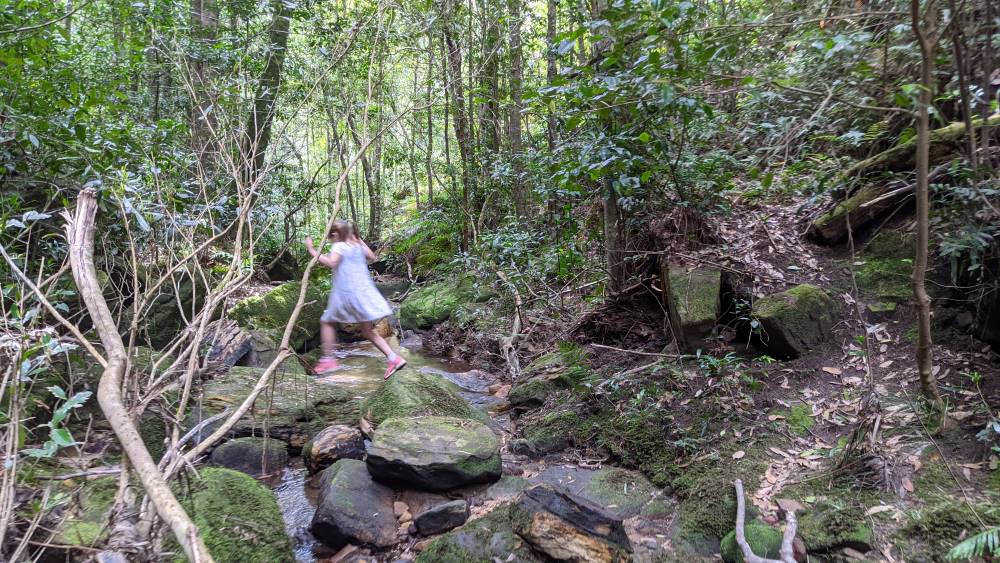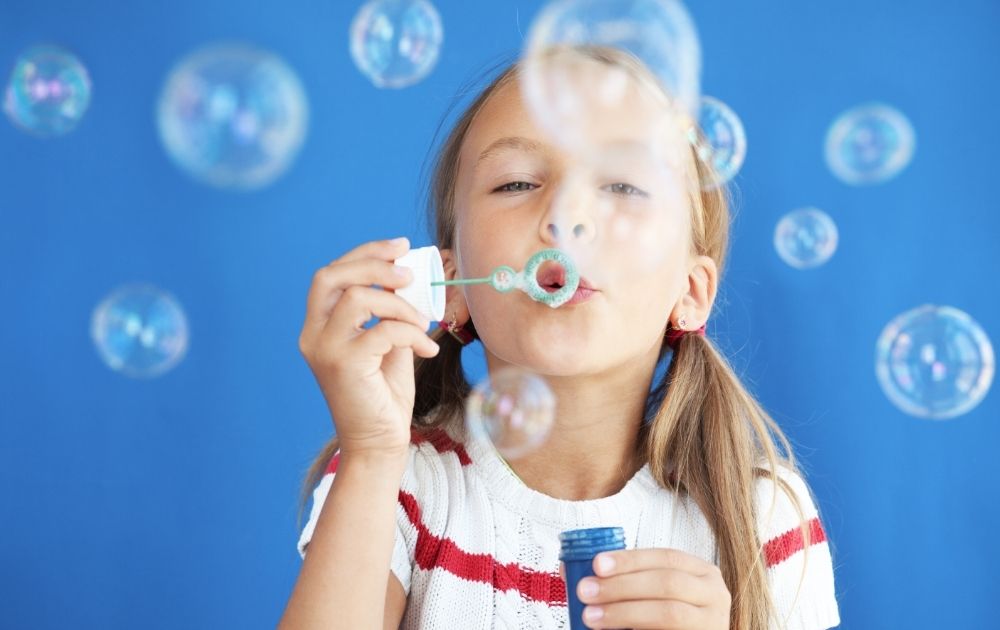
School can be exhausting for children, often resulting in meltdowns and big emotions. After using all of their energy to listen to the teacher, follow rules, manage social expectations and friendships, it’s no wonder kids bubble over at the end of the school day.
This collection of 60 calm down activities for kids is our go-to guide for after school strategies when you sense your child is feeling overwhelmed, heightened and in need of some relaxation.
Many kids hold their emotions together all day and let loose with tears and tantrums when they get in the car or walk through the front door. Sound familiar? It’s got a name. After school restraint collapse is a term that describes the moment when our kids just cannot hold it together anymore. Be reassured though. Because you are a trusted, supportive and loving presence, your child feels safe to let go of those big feelings.
Here are a collection of tried and tested practical calm down activities for kids that may help to prevent or diffuse meltdowns as your child decompresses after school. Many of these ideas work to calm kids down (and parents too) because they relax the parasympathetic nervous system and provide sensory integration. As a bonus, they are fun too!
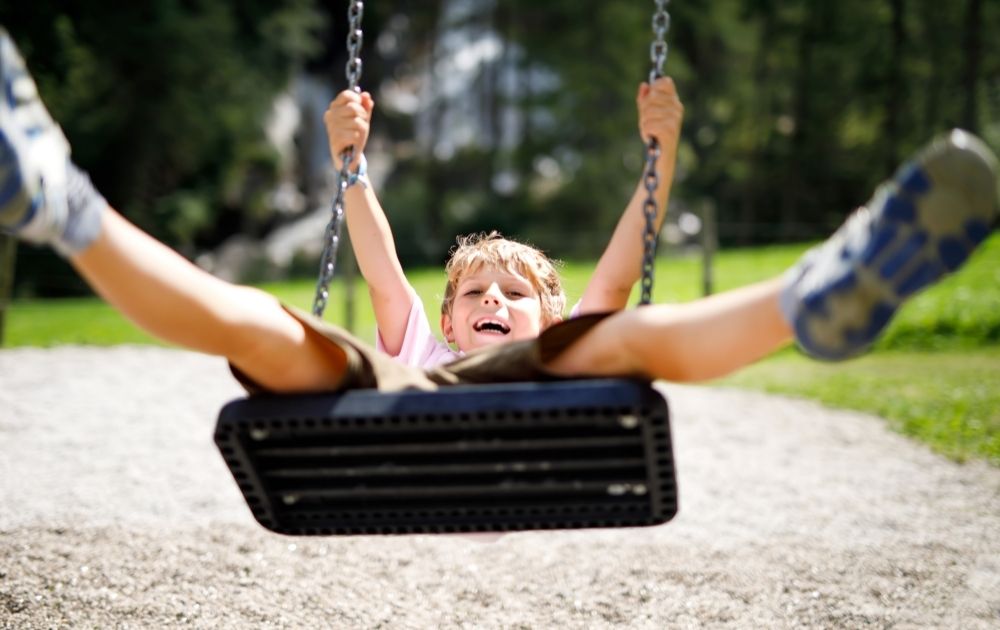
Try These Calm Down Activities For Kids When They Get Home From School
Before starting homework or asking a multitude of questions about their day, allow your children to have some downtime. What they need may change from day to day and could include physical movement, or something more calming. Your child may need some time alone, time with you, or with a friend.
Ways For Your Child To Decompress After A Big Day
Jump on the trampoline
Play on the swings
Squish and create with playdough (even better if it is scented, with lavender for example)
Make oobleck – combine 1.5 cups cornflour with 1 cup water in a bowl or tray, with food colouring if you wish.
Play in the sandpit
Draw or paint
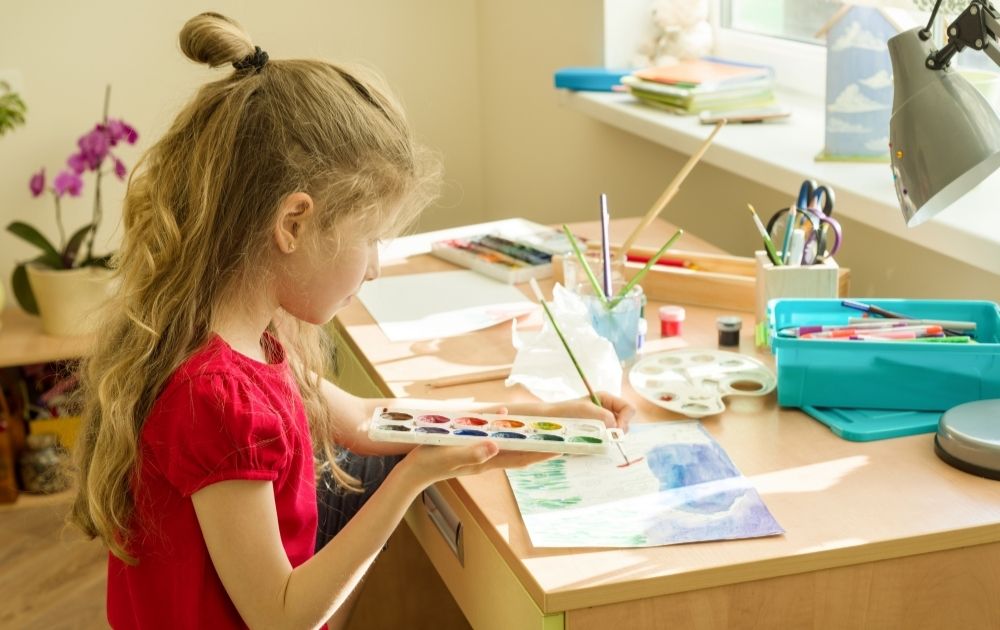
Ride on a rocking horse or outdoor toy
Play on a see-saw
Heavy work activities, such as digging in the garden, pushing chairs, kneading bread dough, or raking leaves.
Have a crunchy snack after school, such as carrot sticks and an apple
Chewing gum
Suck on a lollipop
Blow bubbles

Listen to music and dance
Stretch and pull resistance exercise bands
Diffuse essential oils
Gargle water
Provide a large exercise ball to bounce or lay on
Scrape out a frozen popper
Water the plants
Name five favourite things
Build with LEGO
Listen to an audio book in the car on the way home
Play with and pat a cat or dog
A firm hug
Climb a tree
Drink cold water
Hang upside down on play equipment

Eat an iceblock (natural flavours and colours)
Take a relaxing walk around a quiet garden
Eat or suck on frozen fruit, like strawberries
Use a bubble tea straw to blow bubbles in the bath or push a ping pong ball around
Have a warm shower or (supervised) bubble bath
Fill a doona with pillows or foam and use it as a crash mat on the trampoline
Push against a wall or do pushups on the back of a chair
Animal walks such as crab walks, frog jumps or bear walks
Colour in
Squeeze a toy, pillow or stress ball
Cartwheels and handstands
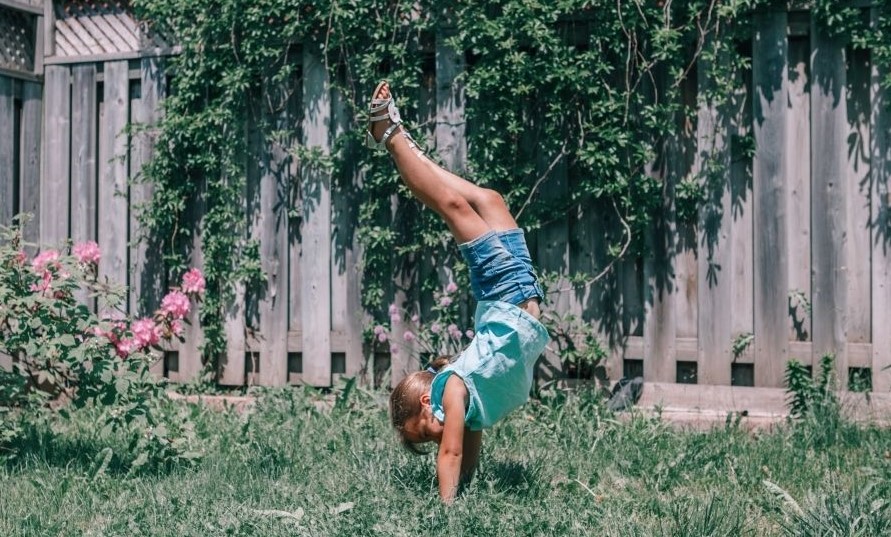
Touch things around your home and garden with different textures
Deep, slow breathing
Close eyes or wear sunglasses
Paint with water on the deck or pavement outside
Go for a bushwalk
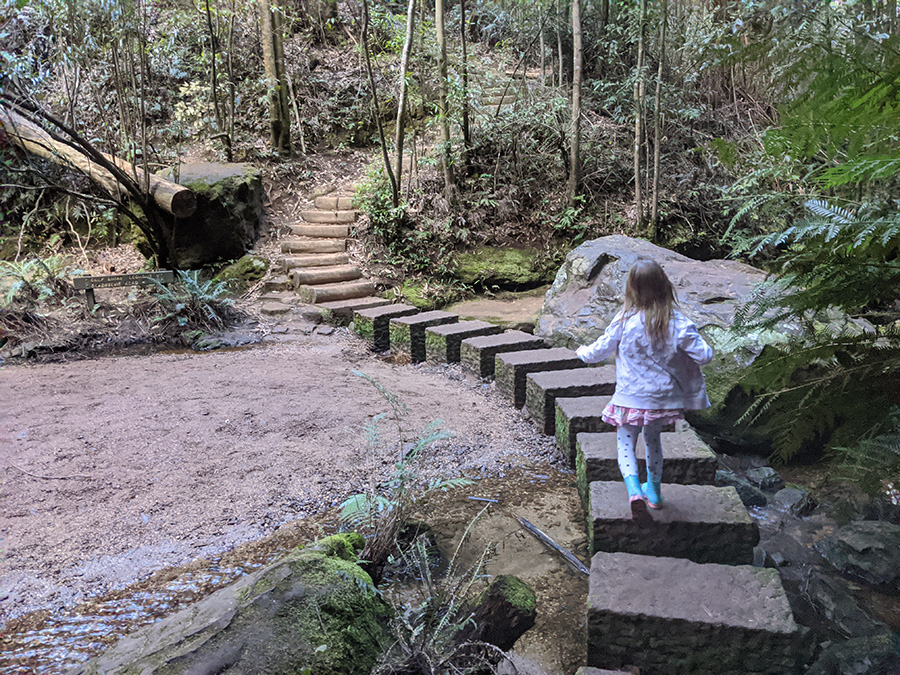
Drink warm milk
Wrap up tightly in a favourite blanket
Hand or foot massage with scented lotion
Watch a lava lamp
Play with a Stretch Armstrong doll
Make a picture with Wikki Stix or pipe cleaners
Buy sensory toys to create a home sensory box, including sticky and stretchy animals, play dough, a water snake, hand therapy balls, sticky hands, and putty or slime.
Play with kinetic sand
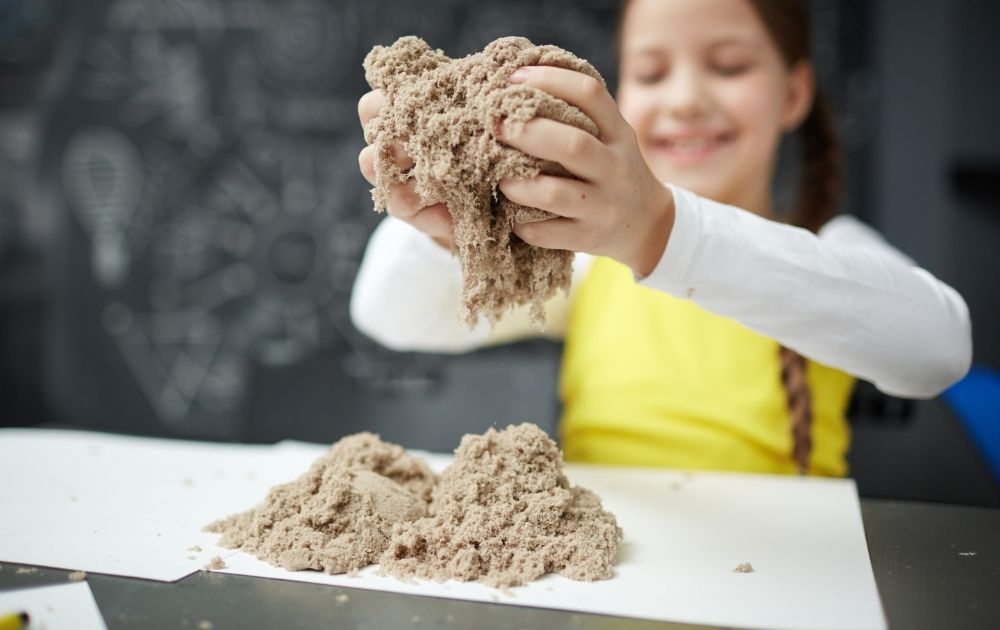
Draw with chalk on a chalk board or on the pavement
Draw on a white board
Tidy up clutter or mess before the kids get home to create a calm, orderly environment
Go for a bike ride
Play an instrument
Sit in a quiet space and read
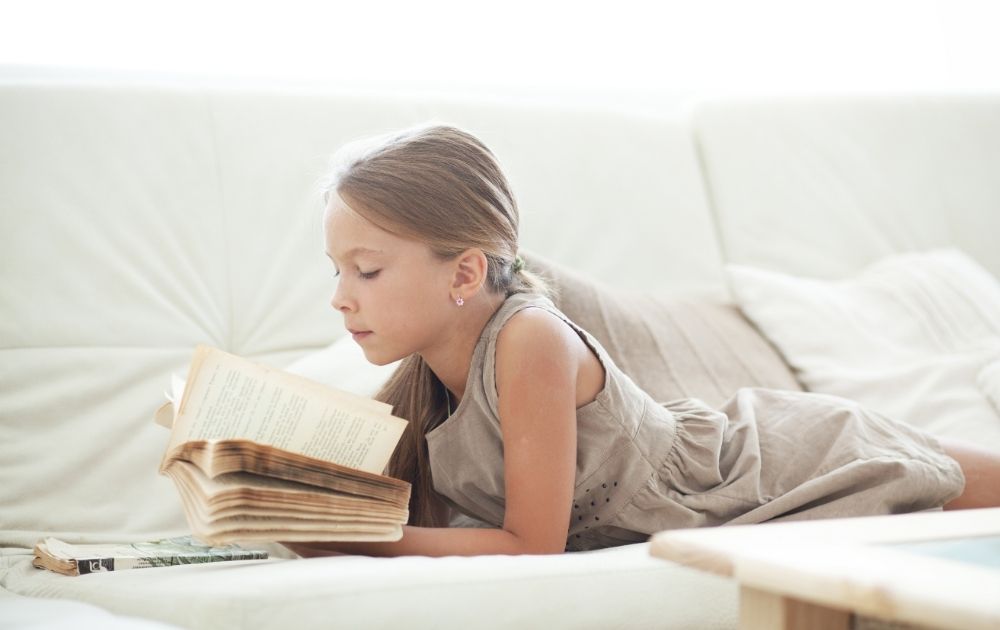
This list of calm down activities for kids is by no means exhaustive and there are surely many more that could be added. Particular activities might suit some children more than others but it is a matter of finding out what works for your child and figuring out what they may need from day to day.
Let’s remember to listen to our kids with empathy, validate their feelings and avoid disciplining them for unwanted behaviours when we know that they are feeling overwhelmed. When your child releases all of those big feelings at home, it isn’t easy, but they trust you and feel safe with you.
Parents, here are some strategies for you to do at home if you are in need of some calming down after a stressful day.
Please let us know in the comments if any of these strategies worked for you or if you have any other ideas that work for your child.
More from Blue Mountains Mums
Discover Family-Friendly Activities
In The Blue Mountains
